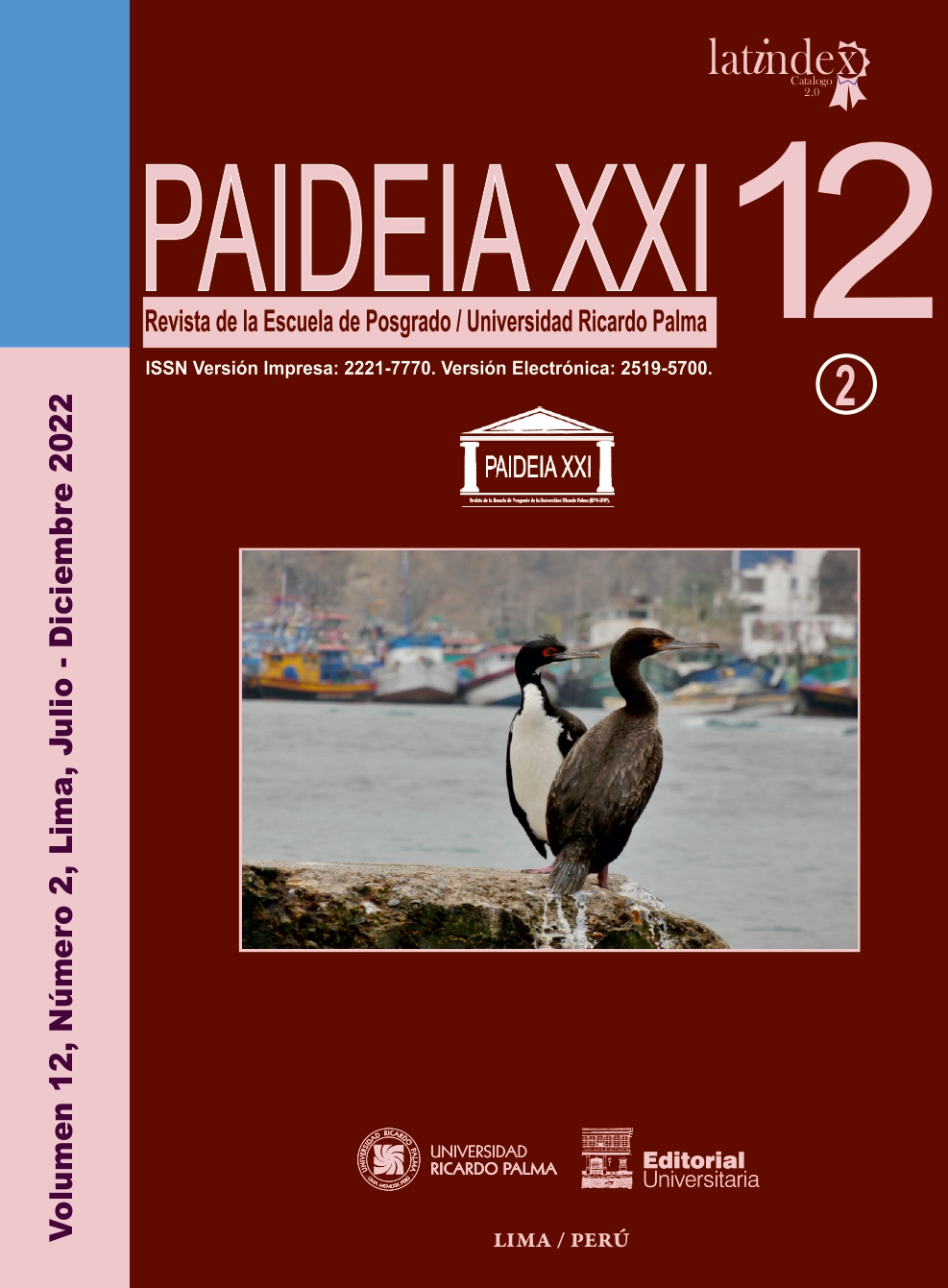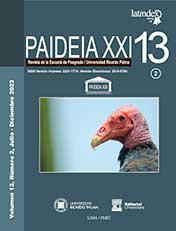ECOTOXICOLOGICAL RISK ASSESSMENT OF CADMIUM USING SCALLOP ARGOPECTEN PURPURATUS IN THE PERUVIAN SEA
DOI:
https://doi.org/10.31381/paideiaxxi.v12i2.5095Keywords:
cadmio, concha de abanico, contaminación, mortalidad, Perú, riesgo ecotoxicológicoAbstract
The present study had as objective to determine the toxicity of cadmium ion (Cd+2) using the bivalve mollusk Argopecten purpuratus (Lamarck 1819) “concha de abanico” and to estimate the ecotoxicological risk in different areas of the Peruvian coast. Juvenile and adult individuals were collected from Pucusana Bay (Lima, Peru), and acute (96 h) ecotoxicological bioassays were carried out with six concentrations and a control. Mean effective concentration (CE50) and ecotoxicological risk were calculated in selected areas, resulting in null risk (Mesa Point), low risk (Sechura Bay and Paracas Bay) and medium risk (Conchan Beach). The mean effective concentration of Cd+2 using scallop was lower in juveniles (0,352 mg·L-1) than in adults (0,545 mg·L-1), and this species was more sensible to Cd+2 than other Peruvian native species, which support the hypothesis that Peruvian scallop is an adequate test organism for carrying out ecotoxicological bioassays. These results will allow to establish corrective measures, such as permanent monitoring and effluent treatment systems, in order to maintain the integrity and health of marine ecosystems were fishing and aquaculture activities are carried out.
Keywords: cadmium – ecotoxicological risk – mortality – Peru – pollution – scallop












